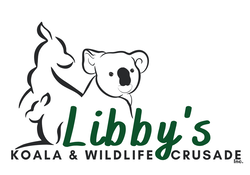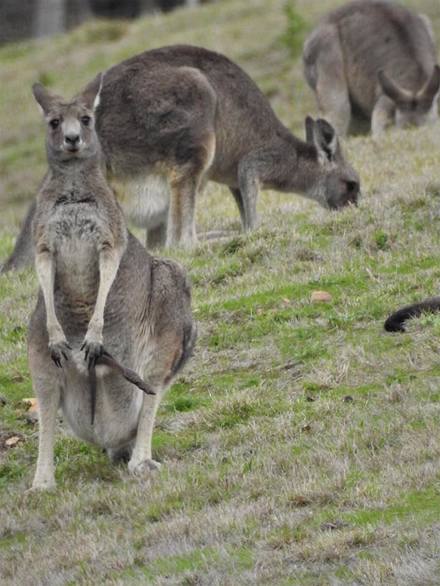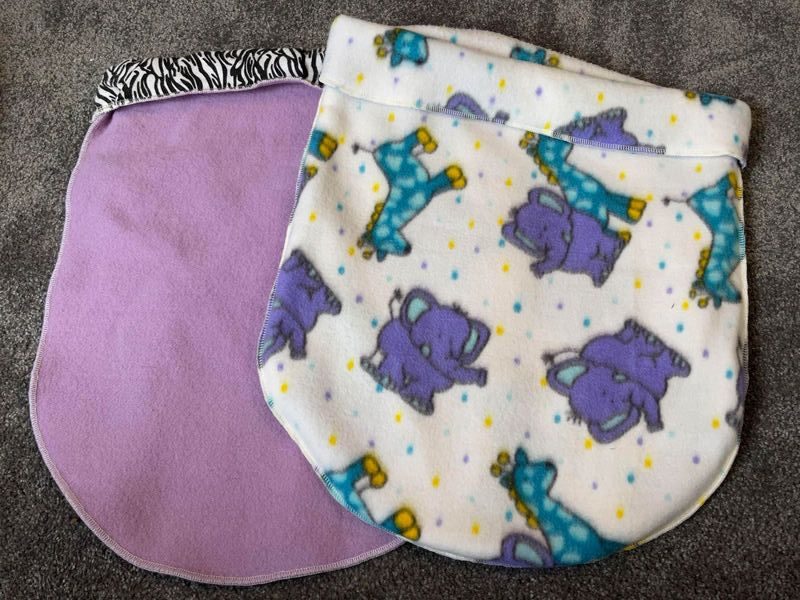Wildlife Rescue Pouches
Groups and carers have many different preferences to pouches. Some like them made from specific materials, some like them from only new materials, some need small, some need big etc etc etc
We have been making pouches since April 2017. As of June 2018, we have sent out more than 2,300 pouches around Australia. All pouches have been made from donated materials- some new but mostly good quality second hand. We are lucky to have had some great support from our community with helping to make pouches.
Our pouches are sent all around the country and are also used in my car rescue kits.
Every pouch can help save more than one life!
We get asked all the time for instructions so we have made this page to show how WE make pouches. As mentioned- some carers have preferences, but we have found that everyone that has received our pouches love them.
We have been making pouches since April 2017. As of June 2018, we have sent out more than 2,300 pouches around Australia. All pouches have been made from donated materials- some new but mostly good quality second hand. We are lucky to have had some great support from our community with helping to make pouches.
Our pouches are sent all around the country and are also used in my car rescue kits.
Every pouch can help save more than one life!
We get asked all the time for instructions so we have made this page to show how WE make pouches. As mentioned- some carers have preferences, but we have found that everyone that has received our pouches love them.
The Design
|
This image shows a mum with her pouch. You can see its very round- this is why we make our pouches round- to be as natural as we can for animals such as kangaroos, koalas, wombats etc
Pouches consist of two layers. The outside we call the pouch. The inside we call the liner. Pouches can be made of any of the three following combinations- 1. double layer fleece Sometimes polar fleece is very thin- you can double up the layers to make it thicker and warmer. If your blanket material is thick and SOFT- you can just leave it as one layer (no liner) 2. pouch made from fleece or wool PLUS a liner made from flannelette. The liner must be attached. We don’t use spare liners. Flannelette is a great heat source and liked by many carers. It also makes thin blankets a little warmer. 3. Double layer flannelette is also fine. |
The Fabric
Liners- Many of our pouches go to Victorian carers, rescuers and shelters. It gets quite cold here which is why we like our liners to be made from flannelette . The stretchy tshirt material is also great as it "gives" like a pouch does.
Liners must be attached! We do not pull them out or rotate them. So please attach them and don’t sent us liners.
Pouches- we love them made from Polar Fleece, Jumper material, Wool or any WARM blankets that breathe. Baby blankets are the best! No knits.
If you are unsure what fabric to use- please message me (email address at the bottom)
Liners must be attached! We do not pull them out or rotate them. So please attach them and don’t sent us liners.
Pouches- we love them made from Polar Fleece, Jumper material, Wool or any WARM blankets that breathe. Baby blankets are the best! No knits.
If you are unsure what fabric to use- please message me (email address at the bottom)
How to make them
You can sew or overlock your pouches. We suggest a strong stitch if sewn.
IMPORTANT-
SEAMS
Seams MUST be on the OUTSIDE of the pouch. NO seams on the inside. Joey's like to chew and if there is cotton on the inside they can eat it and could potentially die. If you are sewing a liner inside the pouch- you can put the seams in between the two layers- so long as they are not on the inside its ok.
FINISHING THE TOPS
Please HEM THE TOP of the pouch. To do this- the best pouch is when the liner is made a little taller so that it can be folded over the top and then sewn around to join. It looks better and there's no cotton edging but if you have an over locker- you can just join the layers at the top by over locking the top- its fine.
Below are some idea's of measurements of pouches
ROUND BOTTOM
See how these ones below all have ROUND bottoms? There is no straight part in them. We just make a nice curve in the whole bottom so that they are like mum's pouch.
IMPORTANT-
SEAMS
Seams MUST be on the OUTSIDE of the pouch. NO seams on the inside. Joey's like to chew and if there is cotton on the inside they can eat it and could potentially die. If you are sewing a liner inside the pouch- you can put the seams in between the two layers- so long as they are not on the inside its ok.
FINISHING THE TOPS
Please HEM THE TOP of the pouch. To do this- the best pouch is when the liner is made a little taller so that it can be folded over the top and then sewn around to join. It looks better and there's no cotton edging but if you have an over locker- you can just join the layers at the top by over locking the top- its fine.
Below are some idea's of measurements of pouches
ROUND BOTTOM
See how these ones below all have ROUND bottoms? There is no straight part in them. We just make a nice curve in the whole bottom so that they are like mum's pouch.
Sizes
Sizes are just a guide. Animals come in all shapes and sizes- if its close to these sizes, its fine.
These are the sizes we like to stick to so that we can make it easier to describe them to carers.
These are the sizes we like to stick to so that we can make it easier to describe them to carers.
IDEAL SIZES
Medium - 40cm wide by 50cm height
Large - the size of a standard pillow case with the opening at the narrow end.
Large - the size of a standard pillow case with the opening at the narrow end.
Where to send your pouches
You can send them directly to me:
Libby Fisher
296 st Helena road, Saint Helena VIC 3088
Libby Fisher
296 st Helena road, Saint Helena VIC 3088



